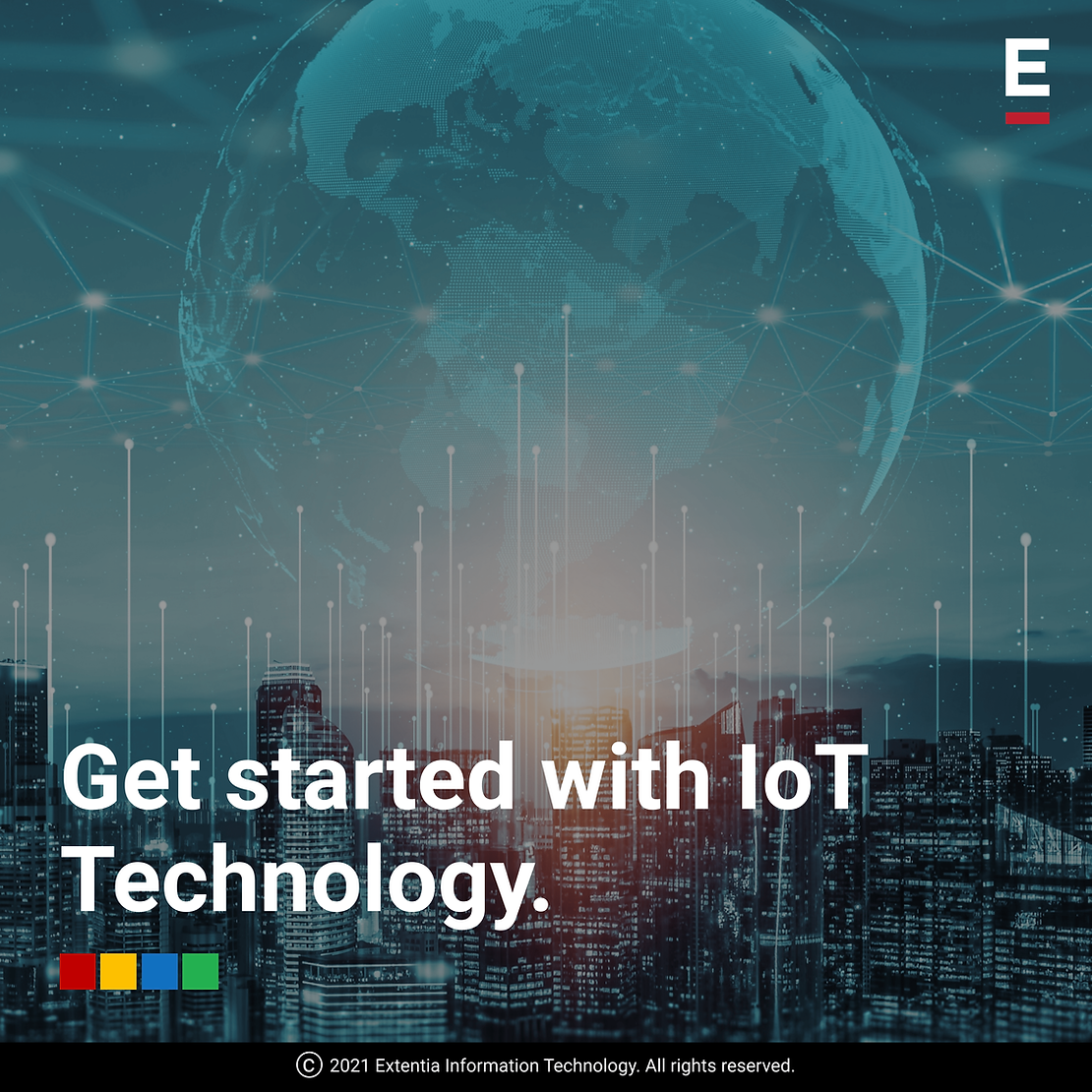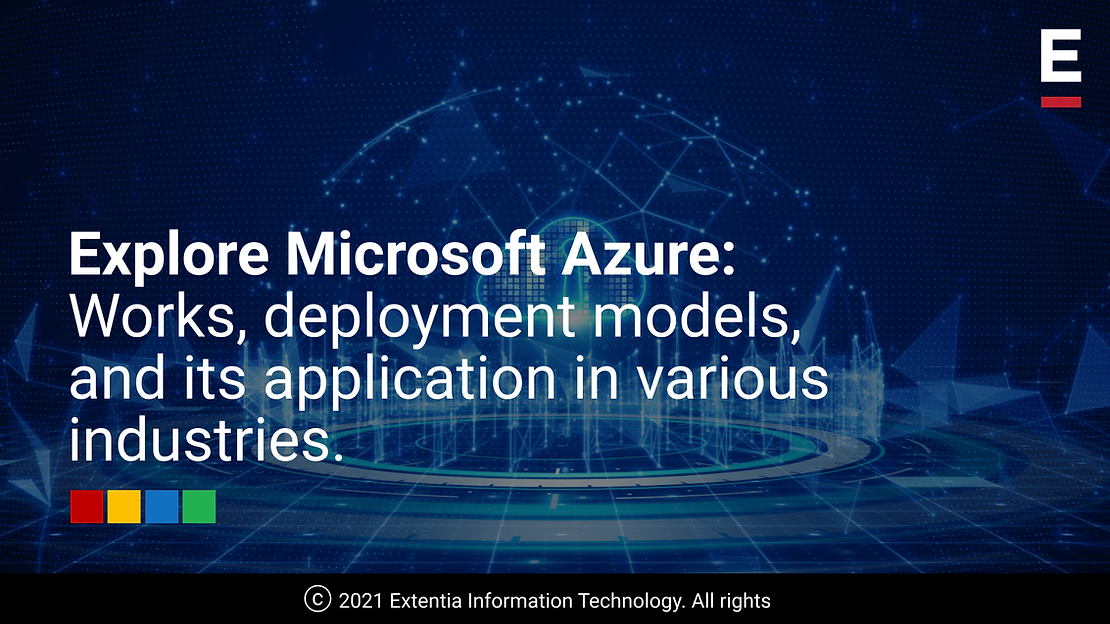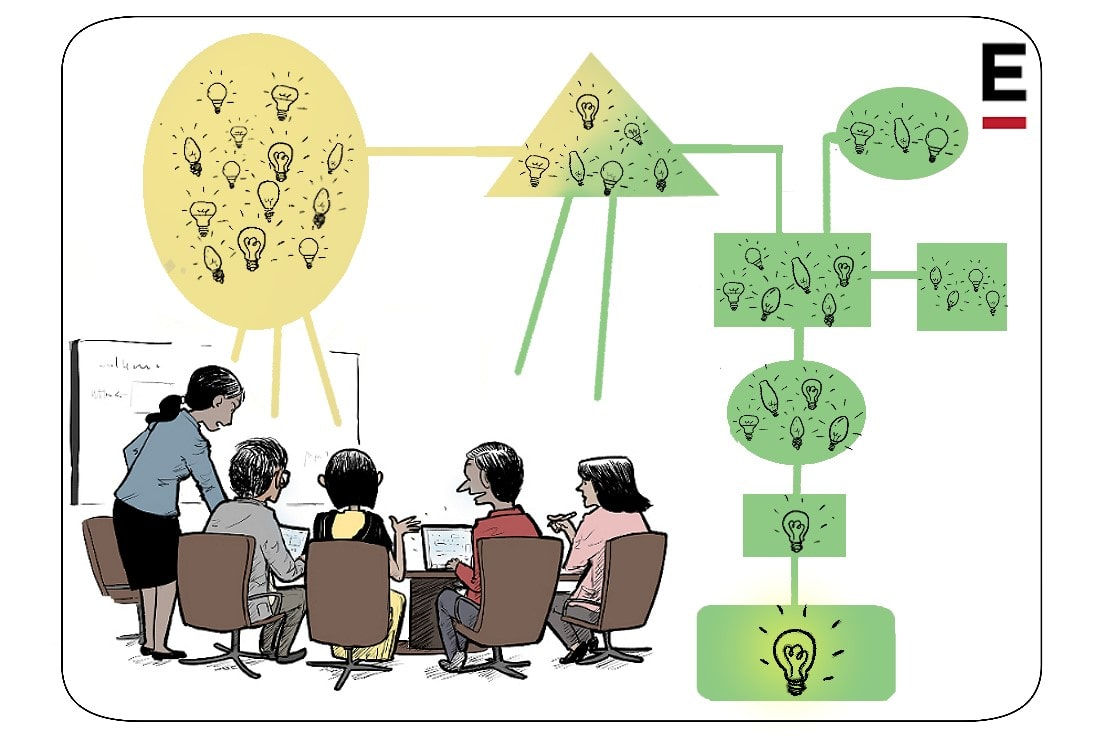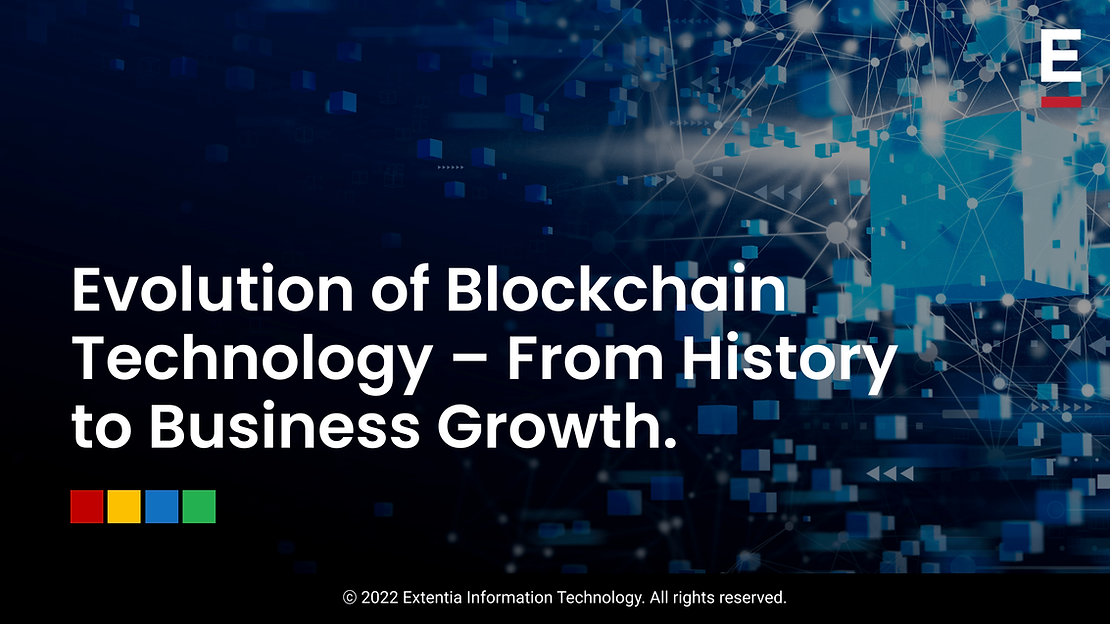Today, the world has more connected devices than people. IoT technology solutions are further ready to transform that scenario by how humans, businesses, and governments communicate with the rest of the connected planet. Anything capable of gathering information about the physical world and sending it back over the internet can participate in the IoT ecosystem. Hence, IoT has spread worldwide across various industries and continues to grow. According to Juniper Research’s latest report, there has been a 200% increase in the number of IoT devices from 2016 to 2021. Moreover, a MarTech advisor suggests that this figure will go to 125 billion by 2030, and every customer is expected to own around 15 connected IoT devices.
History of IoT – How did it come into existence?
The term Internet of Things is a 16-year-old term coined by Kevin Ashton. The concept of connected devices has been around since the 70s; however, earlier, it was called ’embedded internet.’ The internet was one of the most popular trends; naming it the Internet of Things was more natural. In 1999, Ashton worked in the supply chain and wanted to draw attention to new RFID – radio frequency ID technology. In the early 1980s, Carnegie Mellon University installed the first internet appliance, a coke dispensing machine. Using the web, the programmers could verify the machine’s status and determine whether there is a cold drink in it. With this information, they can decide whether to make a trip to the dispenser. Likewise, in 1991, a group of students at the University of Cambridge used a webcam to monitor the coffee pot. The idea was to take three photos of the coffee pot in a minute and send it to local computers. This way, everyone could see the coffee level in the pot.
Although the term was coined in the 90s, the concept took off ten years later. LG launched the world’s first refrigerator connected to the internet in 2000. This allowed the customers to shop online while making video calls. In 2005, a rabbit-shaped bot was able to tell the latest news, market changes, and weather forecast.

Source: Cisco – The Internet of Things – How the next evolution of the internet is changing everything
Over time, IoT evolved from M2M communication, i.e., machines connecting via a network without human interaction, to a sensor network of billions of intelligent devices that connect people, systems, and applications. They collect and share data, and M2M offers the connectivity that enables IoT. It is also a natural extension of supervisory control and data acquisition (SCADA), a software application program for process control, gathering data in real-time from remote locations to control multiple types of equipment and conditions. The concept of the IoT ecosystem became a lot more available in 2010 when the government of China included IoT as a strategic priority in their five-year plan.
Clearly, IoT has progressed in a convergence of wireless technologies, microelectromechanical systems (MEMSes), microservices, and the internet. The intersection has helped scratch down the silos between operational technology (OT) and information technology (IT), enabling unstructured data generated by the machines to be analyzed for intelligent insights and drive enhancements.
How big is IoT?
IoT is becoming a big deal as it makes connected cities safer to live in; asset tracking is cost-effective; healthcare is more personalized and customized, and the energy consumption is efficient. Its personal or business possibilities are infinite. We can easily name a few examples from various industries: a connected medical device, a biochip transponder, a solar panel, a connected automobile, smart home devices, and appliances, anything that can gather and transfer data using a network outfitted with sensors.
According to Grand View Research, in the current context of COVID-19, if we look at global remote patient monitoring, it is expected to grow by $ 1.8 billion by 2026. These remote monitoring services reduce costs and improve the quality of patient care, such an enormous impact worldwide.
Statista states in one of their reports that the market share for IoT-connected devices will be worth a whopping $520 billion by Q4 of 2021. Another research report noted that the IoT market will be $1.6 trillion – $14.4 trillion by 2025.
What are IoT Wireless technologies and Frameworks?
Wireless Tech:
LPWANs – These provide long-range communication on small, cheap batteries that work for years. It aims to support large-scale IoT networks over large sites.
Cellular (3G/4G/5G) – These are popular among commoners; the phone networks help with phone calls and video streaming. However, they are expensive to run and are very power-intensive.
Zigbee and other mesh protocols – They are short-range, wireless, and low power standard using sensor data and nodes. It boasts high data rates but isn’t power-efficient as LPWAN.
Bluetooth and BLE – It is a short-range communication technology that enables data exchange across multiple nodes. Wi-Fi – This is not as common in IoT space due to scalability, coverage, and power use problems.
RFID – It is known as radio frequency identification, where radio waves transmit data from an RFID tag to a reader at a short distance. Particularly efficient for logistics and retail.
Besides these, IoT standards include LiteOS, Dotdot, OneM2M, DDS, and CoAP.
Framework:
Amazon Web Services (AWS) IoT – A popular cloud computing platform for IoT released by Amazon. This framework enables smart devices to connect and interact with the AWS cloud and other connected devices seamlessly and securely.
Arm Mbed IoT – This is a platform to develop apps for IoT based on Arm microcontrollers. The Arm Mbed IoT platform provides a scalable, connected, and secure environment for IoT devices by integrating Mbed tools and services.
Microsoft’s Azure IoT Suite – It is a platform consisting of a set of services that enables users to interact and receive data from their IoT devices. It also performs various operations over data, such as multidimensional analysis, transformation, and aggregation, and visualizes those operations in a way that’s appropriate for the business.
Google’s Brillo/Weave – A platform for rapidly implementing IoT applications. It consists of two main backbones: Brillo, an Android-based OS for developing embedded low-power devices, and Weave, an IoT-oriented communication protocol that serves as the communication language between the device and the cloud.
Calvin – This is an open-source IoT platform released by Ericsson designed for building and managing distributed applications that enable devices to talk to each other.
The benefits of implementing IoT smart technology
The internet offers several benefits to organizations, some benefits are industry-specific, and some are applicable across multiple industries. Some of the expected benefits of IoT enable businesses to:
Monitoring & analyzing business processes
Better product development
Saving time and money in business operations; increased operational efficiency
Optimizing employee efficiency
Integrating, adapting, altering the business models
Creating new revenue streams
Protection of IPs
Capitalizing on data-driven insights to make better business decisions
Seamlessly connecting the physical business world to the digital
And generating more revenues
IoT technology is regarded as the most promising technology out there, and its integration with other technologies is revolutionizing the industries. In the next blog, we will explore how IoT technology trends benefit multiple sectors and what we can expect in the IoT space in the years to come. Stay Tuned!




